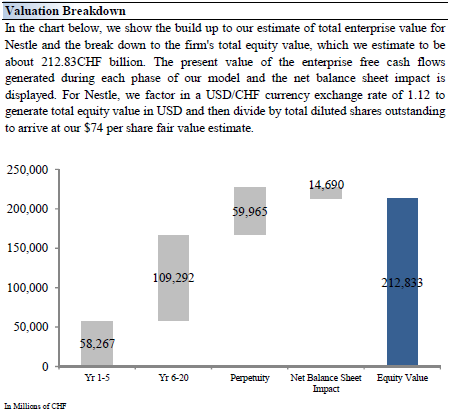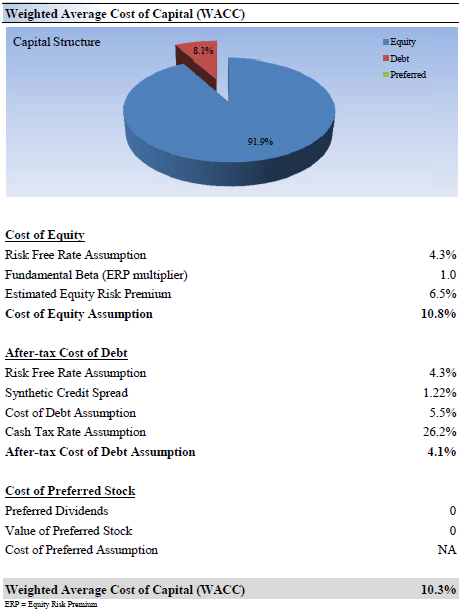Nestlé A Stock For The Long Run Nestle (OTCMKTS NSRGY)
Post on: 13 Июнь, 2015 No Comment

Summary
- Nestlé S.A. is a very diverse global food giant.
- So far Nestlé S.A. has richly rewarded investors.
- An investor should be careful not to buy Nestlé when it’s too expensive, but must also not let this train pass.
When a dividend (growth) investor buys shares in a company, he/she hopes for organic growth, stability, and a growing dividend. This is exactly what Nestl S.A. (OTCPK:NSRGY ) has been over the recent decades.
1.6%
Because of the wide reach Nestl has, the company can benefit from growth in emerging markets. In the Greater China Region for example, sales grew by 22% in 2013. This exposure helps Nestl grow and increase profits, making it an excellent stock for the long run. Also, an improving European and American economy can lift Nestl’s profit, as consumers switch back to expensive products like Nescaf that are currently being replaced with cheaper alternatives.
So Nestl is an old and successful company and is still growing. The average annual organic growth over the last 10 years was 6.1%. Earnings per share have grown 4.16% over the long term. Based on the last dividend of 2.15 CHF, Nestl currently offers a yield of 3.00% that is paid once a year.
Nestl has a leverage ratio (Debt/EBITDA) of 0.90x, which is a comforting number that helps you sleep at night. Furthermore, Nestl owns a significant stake in L’Oreal (OTCPK:LRLCY ) of 23.3%, which is a bit lower than in the beginning of 2014 when it sold some of its stake back to L’Oreal. Some of the cash (8.8 billion) will be used to repurchase shares.

NSRGY data by YCharts
Nestl is a European dividend aristocrat, which has a long history of paying and raising its payouts. Over the last 10 years, Nestl raised its dividend from 0.80 CHF in 2004 to 2.15 CHF in 2014. This is on average a yearly increase of
10% (for the entire list, see here ). Taking a closer look at the historical stock price chart of Nestl, we see that the price rose since 2004 alongside the dividend raises, also close to 10% appreciation per annum.
With 2014 earnings of 3.14 CHF per share, Nestl trades at a P/E ratio of 22.8. With expected EPS of 3.67 CHF, we come to a forward P/E ratio of 19.5. This is rather expensive, but in my opinion, it’s in line with market valuations of comparable companies like Procter & Gamble (NYSE:PG ) and Unilever (NYSE:UN ), which also operate in the same consumer (non)-cyclical business.
Risks
The greatest risk of investing in Nestl is paying too much for the shares. We are currently experiencing a bull market that started 5 years ago and the shares have risen a lot. I don’t like giving advice on timing the market, therefore I advise every investor to do his/her own homework and start adding at a price you feel comfortable with.
A second risk for Nestl is a further stagnation of the European economy, which will limit the company’s future growth. The U.S. economy is also important as America accounts for 25.3% of revenue.
Conclusion
Nestl is a diverse company, with exposure to many corners of the world. It has been a dividend aristocrat so far, with an acceptable debt level. I believe Nestl will continue to reward investors with dividend hikes and price appreciation, but investors must take great caution in not paying too much for a wonderful company.
Editor’s Note: This article discusses one or more securities that do not trade on a major U.S. exchange. Please be aware of the risks associated with these stocks.
Disclosure: The author has no positions in any stocks mentioned, and no plans to initiate any positions within the next 72 hours. (More. ) The author wrote this article themselves, and it expresses their own opinions. The author is not receiving compensation for it (other than from Seeking Alpha). The author has no business relationship with any company whose stock is mentioned in this article.














